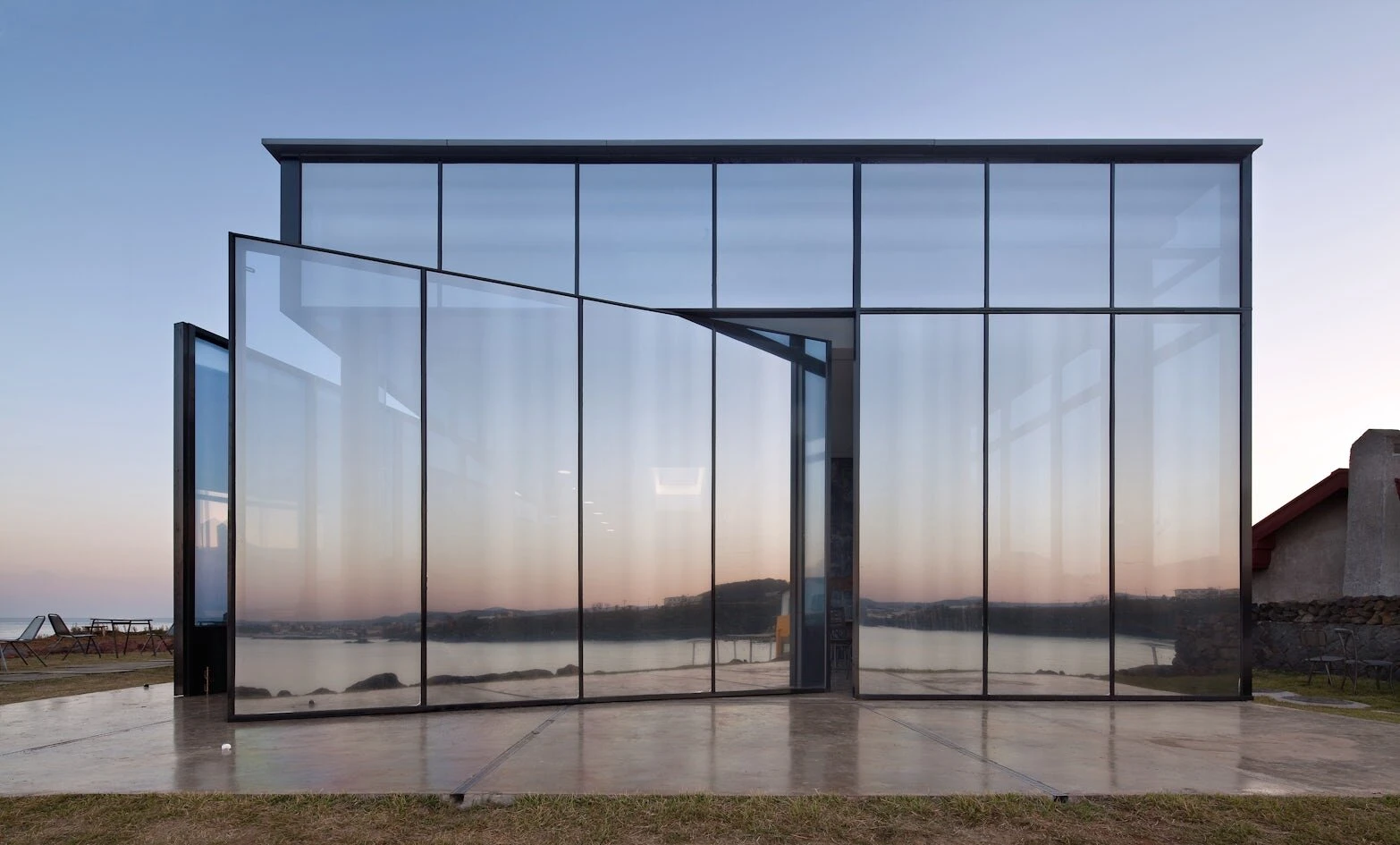

Understanding Low-E Glass Meters Enhancing Energy Efficiency in Modern Architecture
In the realm of architecture and construction, energy efficiency has become a paramount concern. As buildings account for a significant percentage of energy consumption worldwide, innovative solutions are in high demand. One such advancement is the utilization of Low-E (low emissivity) glass, which significantly improves the thermal performance of windows. Central to the effective implementation of Low-E glass is the Low-E glass meter, a tool that measures the energy efficiency of glazing materials.
What is Low-E Glass?
Low-E glass has a special coating that reflects infrared radiation while allowing visible light to pass through. This dual functionality plays a crucial role in regulating indoor temperatures. In winter, Low-E glass helps retain heat within a building, while in summer, it reflects solar heat, thereby reducing the reliance on heating and cooling systems. The result is a more comfortable environment for occupants and reduced energy costs.
Low-E Glass Meter What is it?
A Low-E glass meter is an instrument designed to gauge the performance of Low-E glass by assessing its thermal properties. The meter measures parameters such as the emissivity and reflectance of the glass surface. Emissivity refers to the ability of a material to emit thermal radiation, while reflectance measures how much solar energy is reflected away from the surface.
These measurements are critical for architects, contractors, and building owners as they make decisions about window installations. By effectively using a Low-E glass meter, they can compare the performance of different types of glazing and ensure that the selected materials meet energy efficiency standards.
How Does a Low-E Glass Meter Work?
Low-E glass meters typically employ a combination of infrared thermography and photometric sensors. When the meter is pointed at a window or glass sample, it emits infrared radiation towards the glass. The device then captures the reflected infrared radiation and calculates the emissivity and reflectance values based on the amount of energy reflected and transmitted.

Such measurements are essential for determining the Insulating Glass Unit (IGU) ratings and understanding how different Low-E coatings perform under various conditions.
Benefits of Using Low-E Glass Meters
1. Energy Efficiency By measuring the performance of Low-E glass, these meters help ensure that buildings achieve maximum energy efficiency. This is vital for reducing operational costs and promoting sustainability.
2. Regulatory Compliance Many regions have stringent building codes and energy efficiency regulations. A Low-E glass meter provides the data necessary to comply with these standards, helping builders avoid costly fines or retrofits.
3. Enhancing Comfort Accurate measurements allow architects to design better-performing buildings that maintain comfortable indoor temperatures year-round. This leads to improved occupant satisfaction and productivity.
4. Market Competitiveness Builders and contractors who use Low-E glass meters can demonstrate their commitment to sustainability and energy efficiency, giving them a competitive edge in an increasingly eco-conscious market.
Conclusion
As the construction industry continues to evolve, tools like the Low-E glass meter are becoming indispensable. They provide critical data that supports energy-efficient design and construction practices. By capitalizing on the benefits of Low-E glass and accurately measuring its performance, we can create buildings that are not only more sustainable but also better equipped to meet the demands of modern living. As energy costs rise and environmental concerns become more pressing, the importance of such technologies will only continue to grow, cementing their role in the future of architecture and construction. By embracing these advancements, we can work towards a more energy-efficient and sustainable future for all.